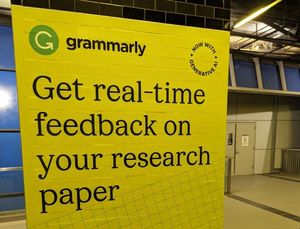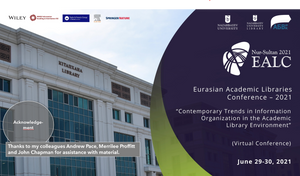I heard about ‘affinity strings’ on a visit to Minnesota some time ago. I was pleased to see that they have written up what they are doing in the recent issue of The Code4Lib Journal:
The University of Minnesota Libraries have created a MyLibrary portal, with databases and e-journals targeted to users, based on their affiliations. The University’s enterprise authentication system provides an “affinity string”, now used to personalize the MyLibrary portal. This affinity string automates discovery of a user’s relationship to the University-describing a user’s academic department and degree program or position at the University. Affinity strings also provide the Libraries with an anonymized view of resource usage, allowing data collection that respects users’ privacy and lays the groundwork for automated recommendation of relevant resources based on the practices and habits of their peers. [The Code4Lib Journal – Affinity Strings: Enterprise Data for Resource Recommendations]
I thought there were several interesting things about this. First, it is using enterprise-wide data. Everybody at the University of Minnesota has one or more strings based on their area of study or work. These are generated from the University’s PeopleSoft system. Here is the example given in the article.

(This is a student based in the Twin Cities campus, who is a graduate student enrolled in the graduate school, and doing a PhD in psychology.)
Next they can use this in several ways. It gives them a concise representation of user interests, which can then be processed and matched in various ways. It is used to prioritize content presented to users in the MyLibrary tab of the University portal, MyU. Some resources – the catalog for example – would be shown to all; some are shown selectively based on affinity string. The string is further used to match pre-existing ‘Research quick-start’ resource lists to relevant users and there is some interesting discussion of matching issues for different categories of user. Another use is to aggregate electronic resource usage data. The advantage here is that the affinity string provides a more general unit for tracking than the individual person does, protecting privacy. Affinity strings can be associated with particular resources through the centralized authentication system, allowing resource use to be tracked by audience.
Finally, the authors acknowledge the limitations of their approach: they are working with the data they have. But, they are also alert to the variety of ways in which their services can be improved by making the data that they have work harder – better to match resources and users, and better to understand resource usage. And in the process, they are generating additional data which should help them further refine collections and services.



